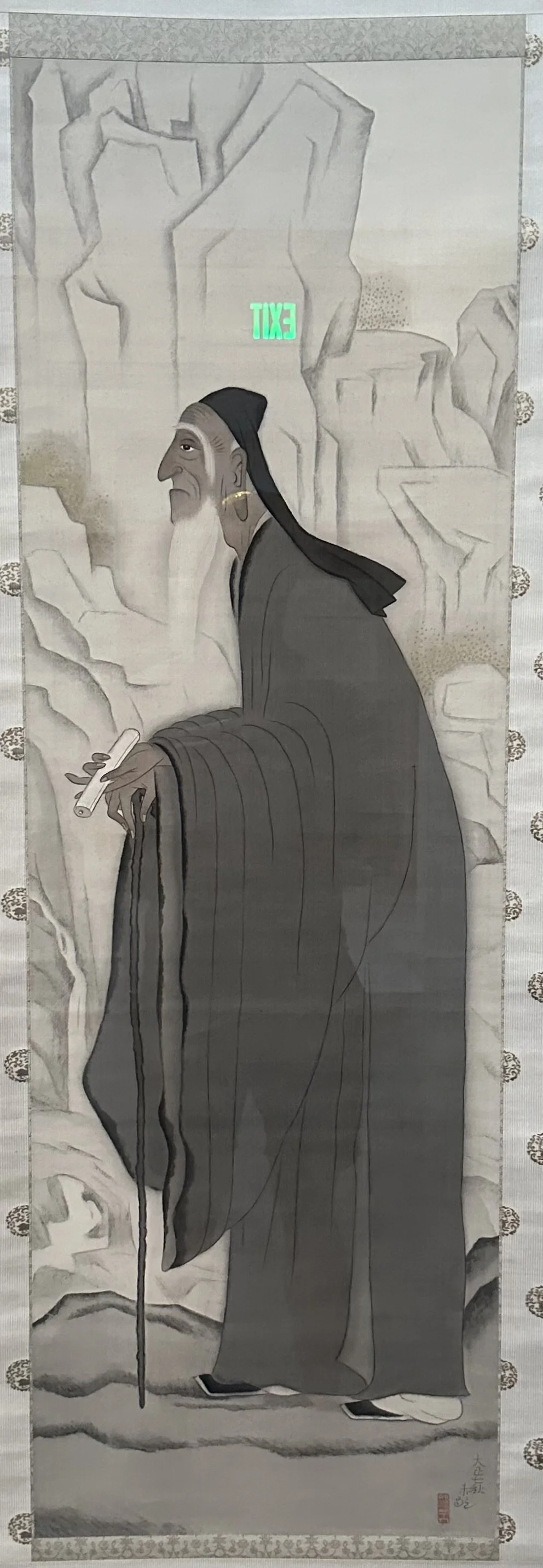National Museum of Asian Art
Ref: National Museum of Asian Art, Washington DC.
___________________________________________________________________________
Chronology
1735-1796: Reign of Aisin Gioro Hongli (1711-1799) over the Qing Dynasty. Qianlong was a Manchu whose ancestors had conquered China in 1644. Inheriting a large and prosperous multiethnic state, he simultaneously upheld his Manchu heritage, lent strong support to both Tibetan and Chinese Buddhism, and kept Western missionaries at his court, many as artists (DC Asian Art Museum).
1470-1506: Reign of Sultan Husayn Bayqara as the last of the Timurid rulers (DC Asian Art Museum).
918-1392: The Goryeo dynasty flourishes from their capital at Gaeseong in modern Korea (DC Asian Art Museum).
733-804: Lu Yun pens the “Classics of Tea”, the first definitive book on the process of cultivating, harvesting, and brewing tea (DC Asian Art Museum).
1800 BCE: Chinese cultures mix Copper and Tin and enter the Bronze Age.
2000-1000 BCE: Sanxingdui culture flourishes in modern China (DC Asian Art Museum).
2250-1900 BCE: Qijia culture flourishes in modern China (DC Asian Art Museum).
2500-1700 BCE: Shijiahe culture flourishes in modern China (DC Asian Art Museum).
3000-1700 BCE: Longshan culture flourishes in modern China (DC Asian Art Museum).
3300-2250 BCE: Liangzhu Culture flourishes between the modern cities of Shanghai, Hangzhou, and Nanjing (DC Asian Art Museum).
___________________________________________________________________________



